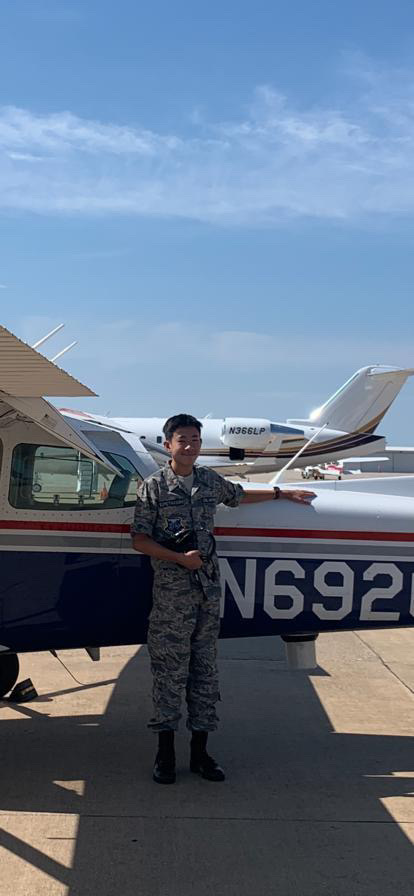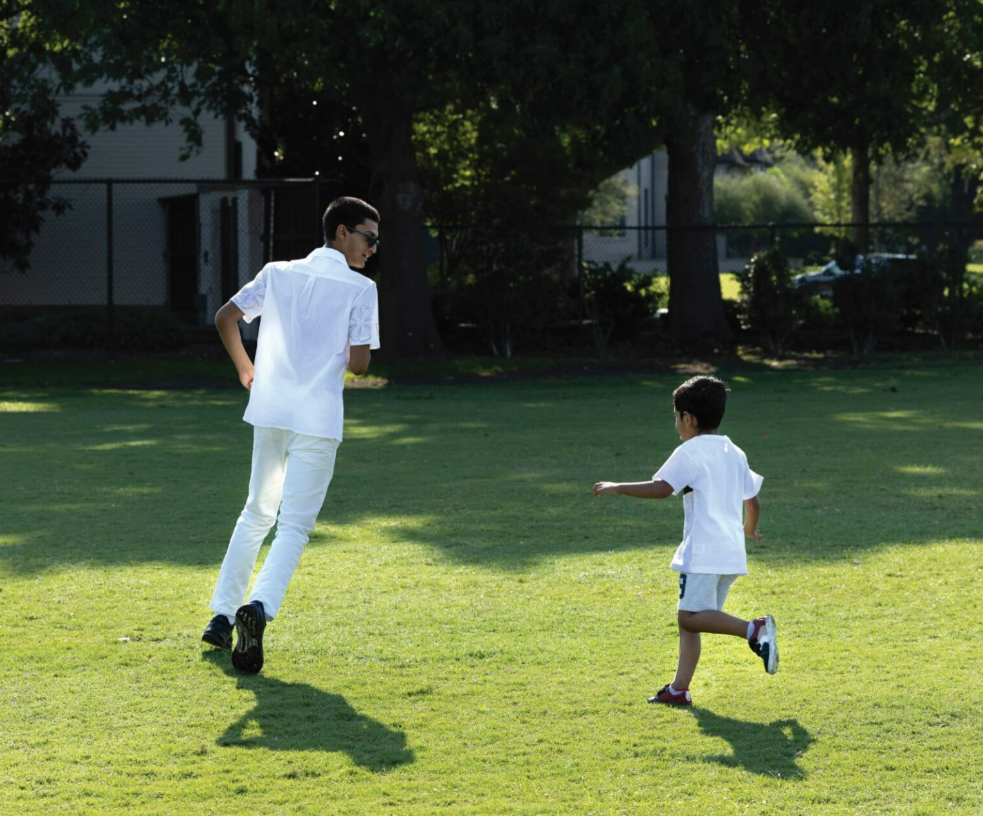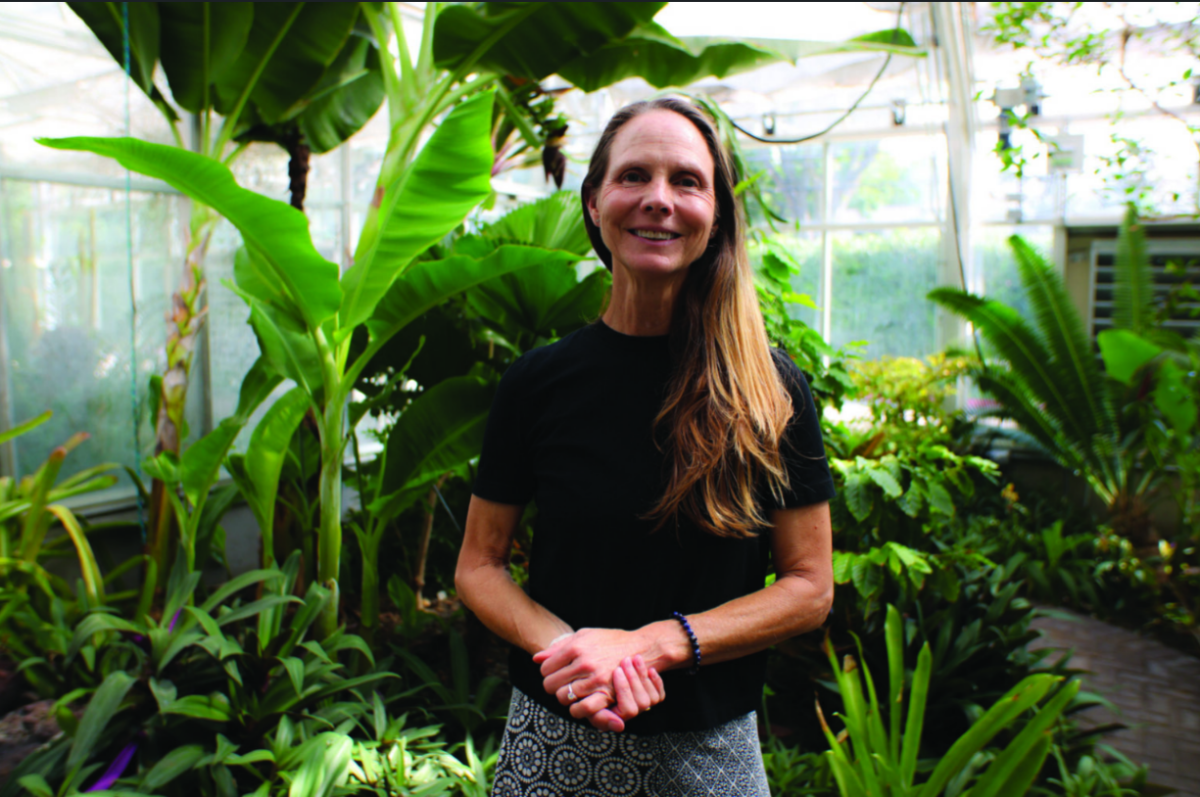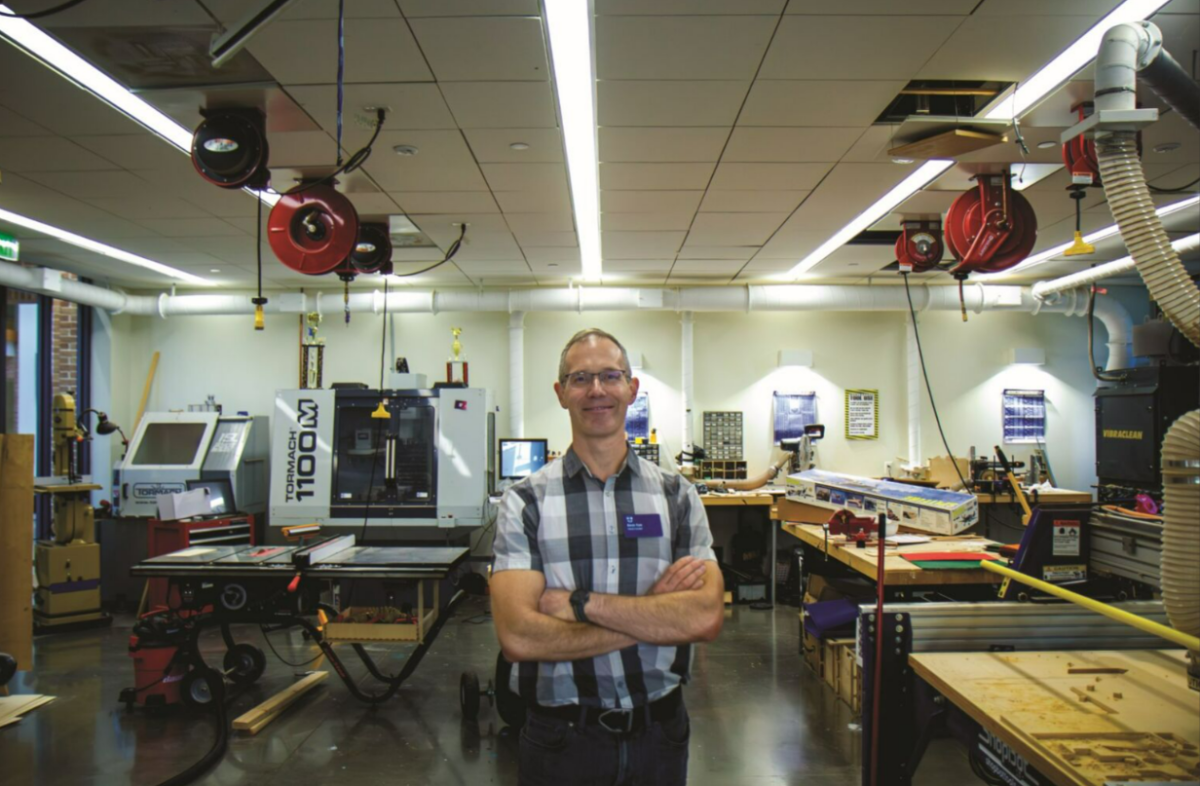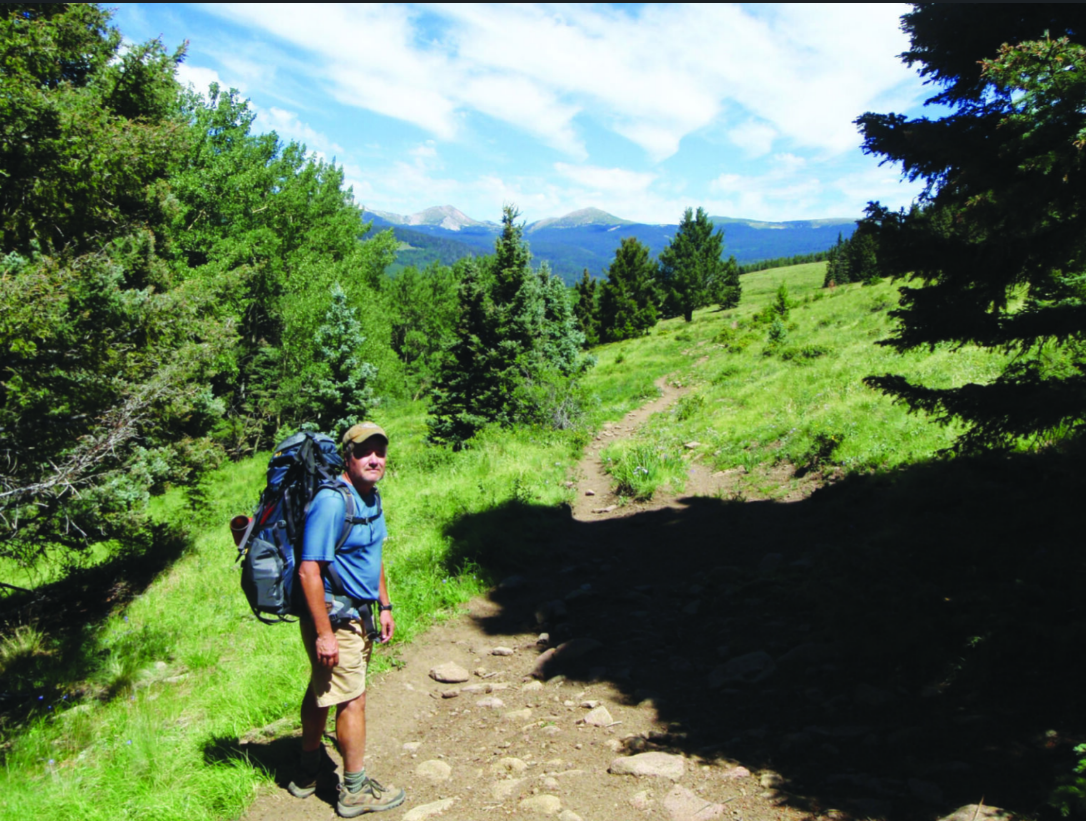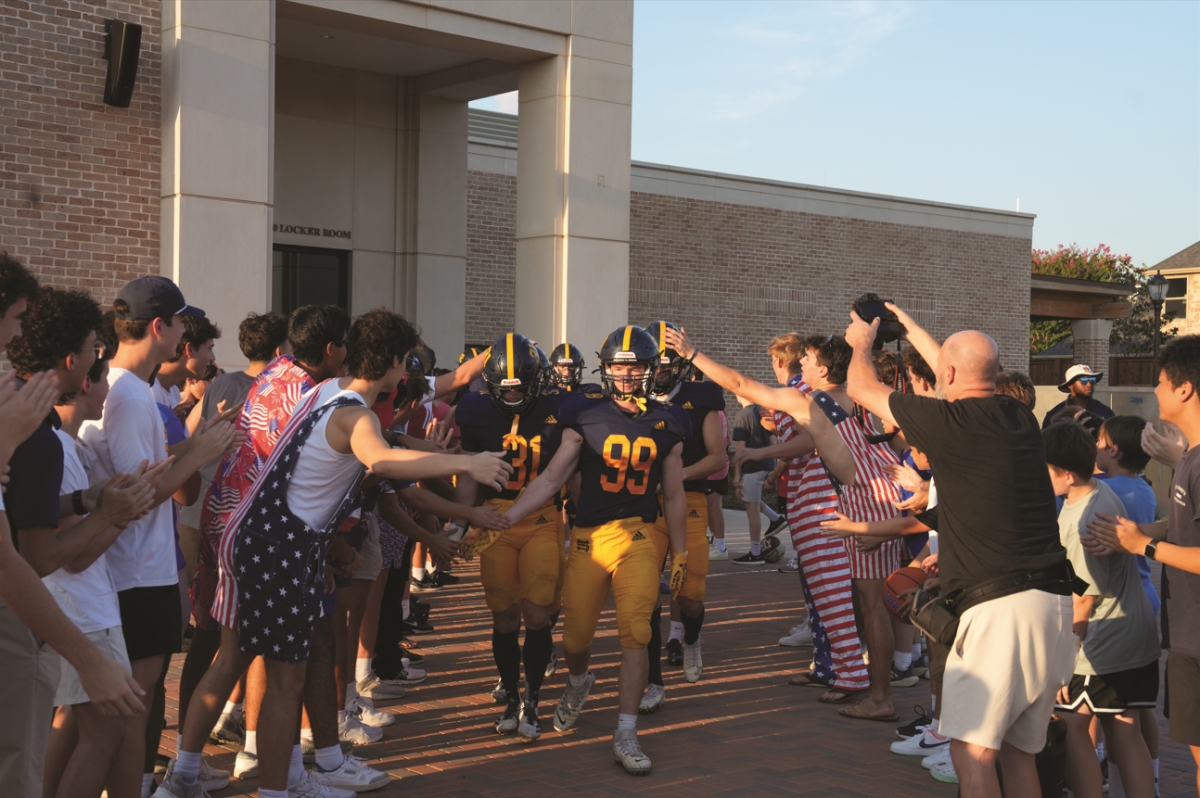The skyline disappears below him as he is thrust backward into the cockpit seat. After mere seconds, only the boundless blue sky surrounds him. He then steadies the Cessna 172 Skyhawk with a few swift maneuvers and begins to glide calmly in the air.
Looking out the window, he admires the newly transformed landscape — a canvas of trees that are now only blotches of green paint, the bite-sized buildings, the barely visible specks of cars. Better yet, the early-morning flight meant that the summer sun’s infamously blinding rays wouldn’t ruin his time.
In the moment he feels blissfully free — no texts to read, no tests to be anxious for — it’s just him and his aircraft floating in the air. Finally, as the engine continues its melodic humming, he prepares to leave his tranquil state, motioning for his partner to begin their descent.
Sophomore Paul Sumethasorn’s fascination with planes has been an interest ever since middle school. From the old-fashioned aviation gear to the nuts and bolts of an aircraft, everything seemed perfect.
“I got hooked on everything related to flying about four years ago when I was 11,” Sumethasorn said. “My brother is an aerospace engineer and I remember him flying me on his plane at that time. I loved every second of it.”
But he truly decided to delve into this interest when he attended a rocketry event in April of this year. There, he was introduced to the Civil Air Patrol (CAP), an Air Force auxiliary program that teaches adolescents about aerospace, emergency services and aviation leadership. From then on, his aspirations started to materialize.
“I’ve always admired people who could fly planes, so I really wanted to see what it was like to fly,” Sumethasorn said. “The adrenaline rush is always nice, and it’s great when you open the window and feel the breeze rushing past you. Sometimes I get dizzy, but it’s still really awesome.”
Currently, Sumethasorn is focused on earning his pilot’s license, though he must wait for a few years to finally obtain it since the age minimum is 17 years old.
“To be able to really start flying on my own, I have to do a solo, have a minimum of 40 hours of instruction and solo flight time, take written tests and so on,” Sumethasorn said. “Those are the FAA’s guidelines for getting a private pilot’s license.”
But this requirement doesn’t affect him — he wants to spend more time with planes to hone his skills. Although flying planes is a hobby right now, he believes that being a pilot could very well be a career he would enjoy pursuing later on.
After all, once he completes the CAP program, he plans to attend flight school to continue his aviation journey.
“For me, being a pilot is definitely a career I may consider for the future. Even if I plan on following the route of a traditional education like going into pre-med, it would also be really cool to join the Air Force.”


